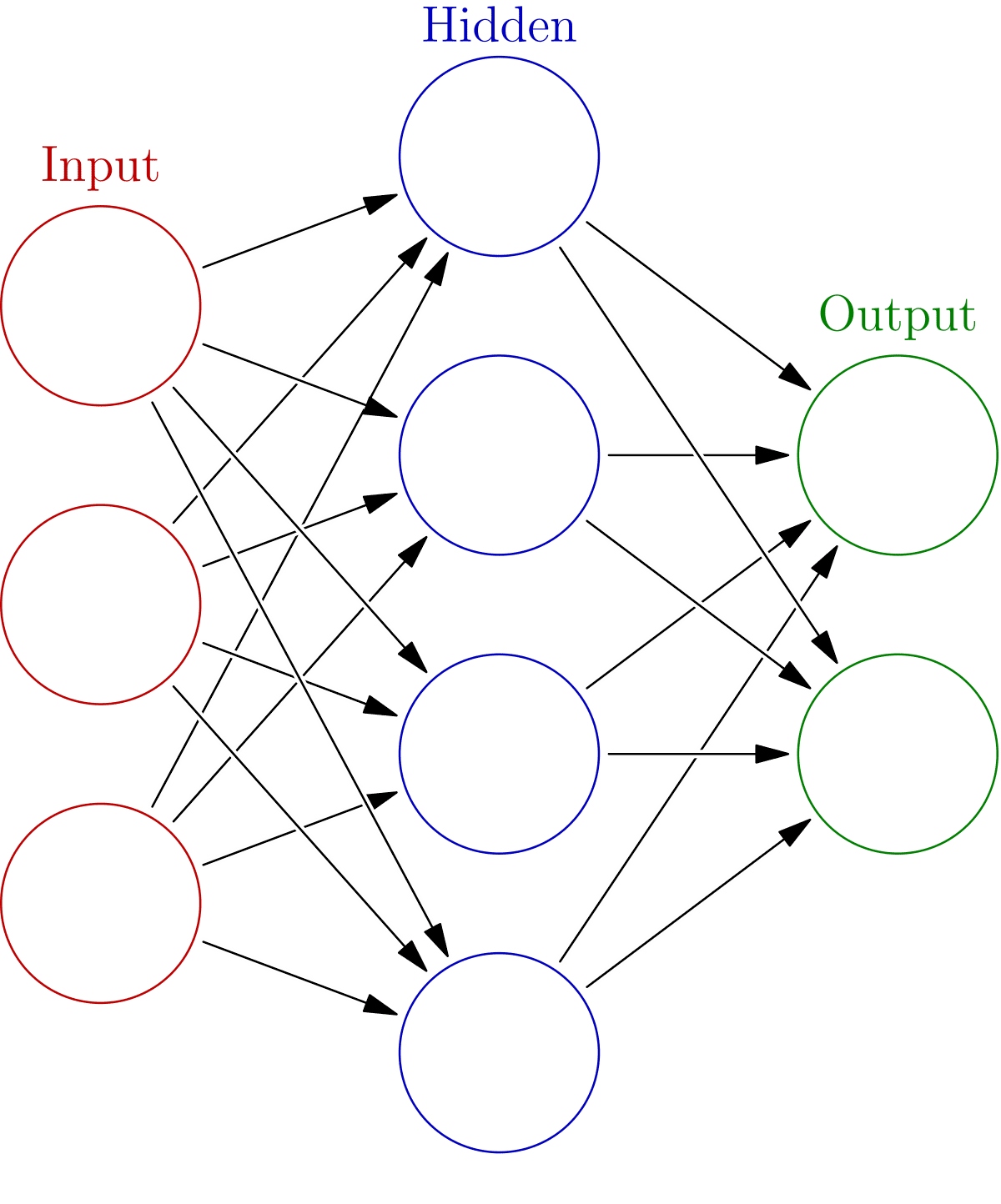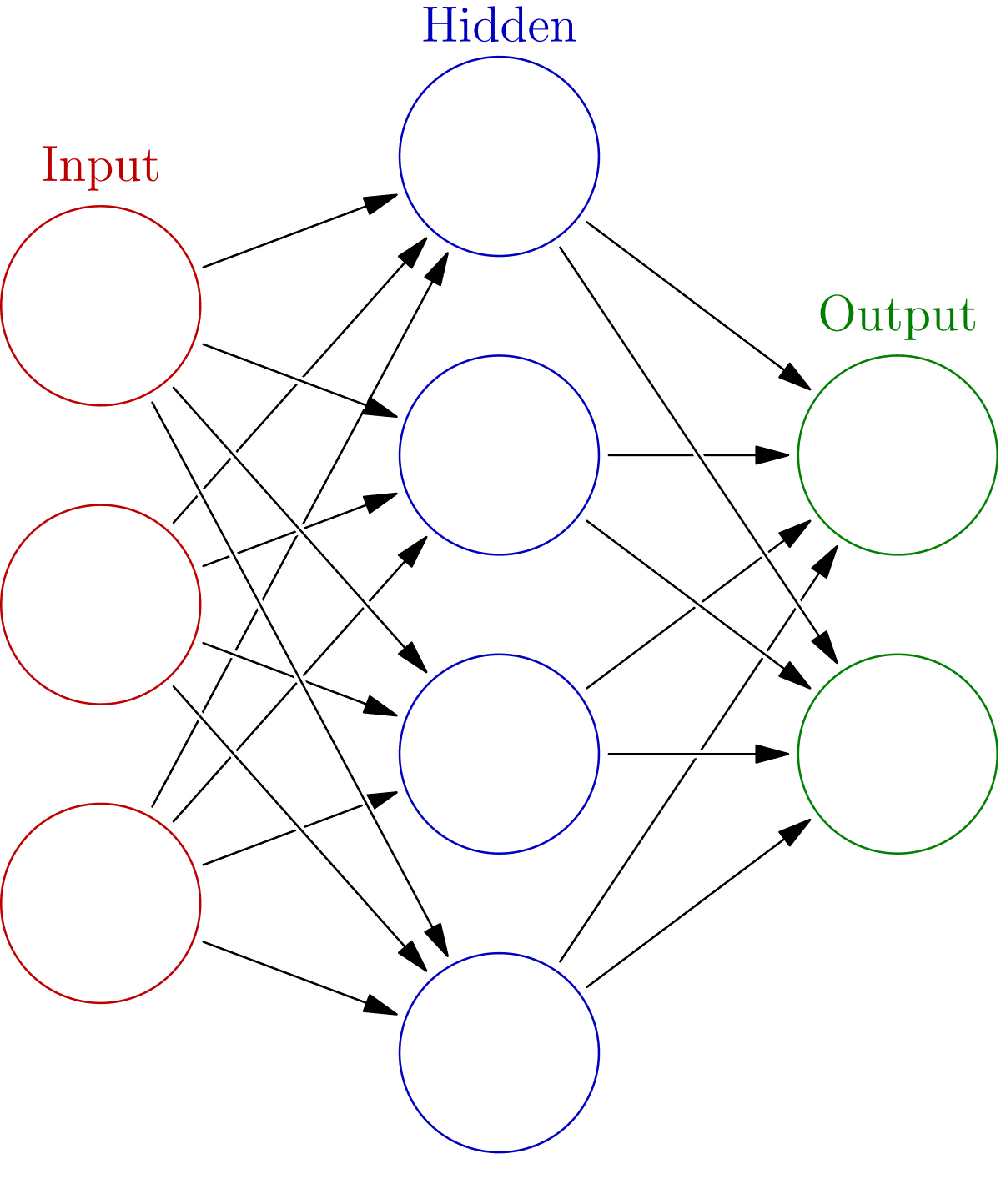Machine Learning Applications are revolutionizing various industries by enabling systems to learn from data and make predictions. This technology is becoming increasingly significant in sectors such as healthcare, finance, retail, agriculture, and manufacturing. Understanding the core concepts and potential of machine learning is essential for leveraging its benefits in real-world scenarios.
Key Concepts of Machine Learning
Machine learning is a subset of artificial intelligence that focuses on building systems that learn from data, identify patterns, and make decisions with minimal human intervention. Key concepts include:
- Supervised Learning: Involves training a model on a labeled dataset, enabling it to make predictions based on new, unseen data.
- Unsupervised Learning: The model learns from unlabeled data, identifying hidden patterns without explicit instructions.
- Reinforcement Learning: An agent learns by interacting with its environment, receiving rewards or penalties based on its actions.
- Neural Networks: A set of algorithms modeled after the human brain, crucial for tasks such as image and speech recognition.
These concepts form the foundation of machine learning applications, allowing for advancements in predictive analytics and automation across various fields. Effective implementation can lead to improved efficiency, cost savings, and enhanced decision-making capabilities.
Overview of Neural Networks
Neural Networks are pivotal in machine learning applications, particularly in tasks that require high-level abstraction. These networks consist of interconnected nodes, or neurons, organized in layers. The structure allows them to process complex inputs and learn from vast amounts of data.
Neural networks can be categorized into several types:
- Feedforward Neural Networks: The simplest type where data moves in one direction from input to output.
- Convolutional Neural Networks (CNNs): Primarily used for image processing, recognizing patterns in visual data.
- Recurrent Neural Networks (RNNs): Designed for sequence prediction, making them ideal for tasks involving time series data.
The adaptability of neural networks makes them suitable for various machine learning applications, from image recognition in retail to predictive analytics in finance. As technology evolves, the capabilities of neural networks continue to expand, driving innovation and efficiency across industries.
Applications of Machine Learning in Healthcare
Machine Learning Applications in healthcare are transforming patient care, diagnosis, and treatment options. By leveraging data, machine learning algorithms can predict health outcomes, identify diseases early, and personalize treatment plans. The integration of machine learning in healthcare leads to improved efficiency, accuracy, and patient satisfaction.
One prominent example is the use of machine learning for predictive analytics. Algorithms analyze patient data, including medical history and genetic information, to forecast potential health risks. For instance, machine learning models can predict the likelihood of diseases such as diabetes or heart conditions, allowing healthcare providers to implement preventive measures.
Another significant application is in medical imaging. Machine learning techniques, particularly convolutional neural networks, are utilized to enhance image recognition in radiology. These algorithms can detect anomalies in X-rays, MRIs, and CT scans with remarkable accuracy, reducing the chances of misdiagnosis.
Moreover, machine learning facilitates drug discovery and development. By analyzing vast datasets of chemical compounds and biological responses, machine learning can identify promising drug candidates faster than traditional methods. This accelerates the time it takes to bring new medications to market, ultimately benefiting patients.
In summary, the applications of machine learning in healthcare are vast and impactful. From improving diagnostic accuracy to enabling personalized treatment plans, machine learning is set to revolutionize the way healthcare is delivered, enhancing patient outcomes and operational efficiency.
Machine Learning in Finance: Risk Assessment and Fraud Detection
Machine Learning Applications in finance have significantly advanced risk assessment and fraud detection processes. Financial institutions leverage machine learning algorithms to analyze vast amounts of transaction data, identify patterns, and detect anomalies that may indicate fraudulent activity.
One key area where machine learning excels is risk assessment. By utilizing historical data, machine learning models can evaluate creditworthiness more accurately than traditional scoring systems. These models consider various factors, including transaction history, payment behavior, and even social media activity, providing a comprehensive view of a borrower’s risk profile.
Fraud detection is another critical application of machine learning in finance. Algorithms can process real-time transaction data to identify suspicious activities, such as unusual spending patterns or sudden changes in transaction locations. For instance, if a credit card is used in two different states within a short time frame, the system can flag it for review, reducing potential losses.
Additionally, machine learning enhances algorithmic trading strategies. By analyzing market trends and historical data, machine learning models can predict stock price movements, allowing traders to make informed decisions quickly. This capability leads to increased profitability and reduced risk in trading operations.
In conclusion, machine learning’s role in finance, particularly in risk assessment and fraud detection, is crucial for maintaining security and efficiency. As financial institutions continue to adopt these technologies, they will be better equipped to manage risks and protect their clients from fraudulent activities.
Use Cases of Neural Networks in Retail
Neural Networks play a pivotal role in enhancing the retail sector through various Machine Learning Applications. These advanced algorithms analyze consumer behavior, optimize inventory management, and improve customer experiences, driving sales and customer loyalty.
One significant application of neural networks in retail is personalized marketing. By analyzing customer data, including purchase history and browsing behavior, neural networks can predict consumer preferences and tailor marketing campaigns accordingly. For example, retailers can recommend products based on a customer’s previous purchases, increasing the likelihood of additional sales.
Inventory management is another area where neural networks excel. By forecasting demand using historical sales data, these models help retailers optimize stock levels, reducing excess inventory and minimizing stockouts. This leads to improved operational efficiency and better customer satisfaction.
Additionally, neural networks enhance customer service through chatbots and virtual assistants. These AI-driven tools can understand and respond to customer inquiries, providing instant support and information. This not only improves the customer experience but also allows human staff to focus on more complex tasks.
In summary, the use of neural networks in retail is transforming how businesses operate. From personalized marketing strategies to efficient inventory management and enhanced customer service, these applications drive sales and improve overall customer satisfaction.
Machine Learning in Agriculture: Enhancing Crop Yield
Machine Learning Applications in agriculture are transforming farming practices, leading to enhanced crop yield and sustainable resource management. By utilizing machine learning algorithms, farmers can analyze vast datasets, predict outcomes, and make informed decisions to optimize their operations.
One of the significant applications of machine learning in agriculture is in predictive analytics. Algorithms can analyze weather patterns, soil conditions, and historical yield data to forecast crop performance. For example, machine learning models can predict the best planting times and the most suitable crop varieties for specific regions, maximizing yield potential.
Additionally, machine learning aids in precision agriculture, where farmers use data-driven insights to manage resources efficiently. Technologies like drones and satellite imagery combined with machine learning can monitor crop health, detect diseases, and assess nutrient levels. This real-time data allows farmers to apply fertilizers and pesticides more accurately, reducing waste and environmental impact.
Moreover, machine learning can enhance irrigation management. By analyzing weather forecasts and soil moisture levels, algorithms can optimize water usage, ensuring crops receive the right amount of irrigation while conserving water resources.
In conclusion, the integration of machine learning in agriculture is essential for improving crop yield and sustainability. By leveraging data-driven insights, farmers can optimize their practices, enhance productivity, and contribute to global food security.
The Role of Machine Learning in Manufacturing
Machine Learning Applications in manufacturing are revolutionizing production processes, enhancing efficiency, and reducing costs. By leveraging data, manufacturers can optimize operations, predict equipment failures, and improve product quality.
One crucial application of machine learning in manufacturing is predictive maintenance. By analyzing data from machinery, machine learning algorithms can predict when equipment is likely to fail. This proactive approach allows manufacturers to perform maintenance before breakdowns occur, minimizing downtime and reducing repair costs.
Furthermore, machine learning enhances quality control processes. By analyzing production data in real-time, manufacturers can identify defects early in the production line, ensuring that only high-quality products reach the market. This capability reduces waste and increases customer satisfaction.
Machine learning also plays a significant role in optimizing supply chain management. Algorithms can analyze demand forecasts, inventory levels, and production schedules to streamline operations. This leads to improved efficiency, reduced lead times, and better resource allocation.
In summary, the application of machine learning in manufacturing is crucial for enhancing efficiency and reducing costs. By utilizing data-driven insights, manufacturers can improve maintenance practices, ensure product quality, and optimize supply chain operations, leading to a competitive edge in the market.
Future Trends in Machine Learning Applications
As technology continues to advance, the future of Machine Learning Applications promises even greater innovations across various industries. The integration of machine learning with other technologies, such as the Internet of Things (IoT) and blockchain, is expected to drive significant changes in how businesses operate.
One emerging trend is the increased focus on explainable AI. As machine learning models become more complex, there is a growing need for transparency in how decisions are made. Explainable AI aims to provide insights into the decision-making process of algorithms, allowing users to understand and trust the outcomes.
Another trend is the rise of edge computing, where data processing occurs closer to the source of data generation. This approach reduces latency and bandwidth use, enabling real-time decision-making in applications such as autonomous vehicles and smart manufacturing.
Moreover, machine learning is expected to play a crucial role in enhancing cybersecurity. With the increasing frequency of cyber threats, machine learning algorithms can analyze patterns in network traffic to detect anomalies and respond to potential attacks more effectively.
In conclusion, the future of machine learning applications is bright, with innovations poised to reshape industries. By embracing emerging trends, businesses can leverage machine learning to enhance efficiency, improve security, and drive growth in a rapidly changing technological landscape.





